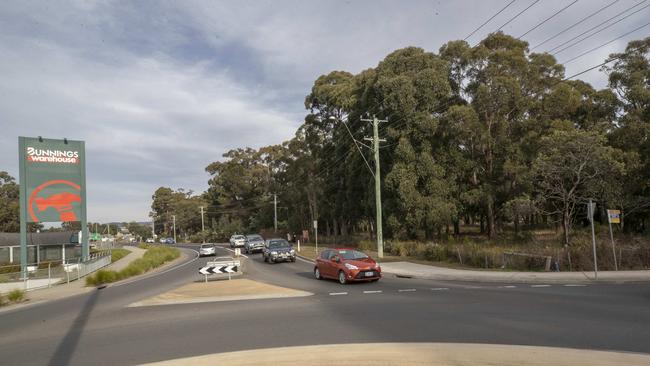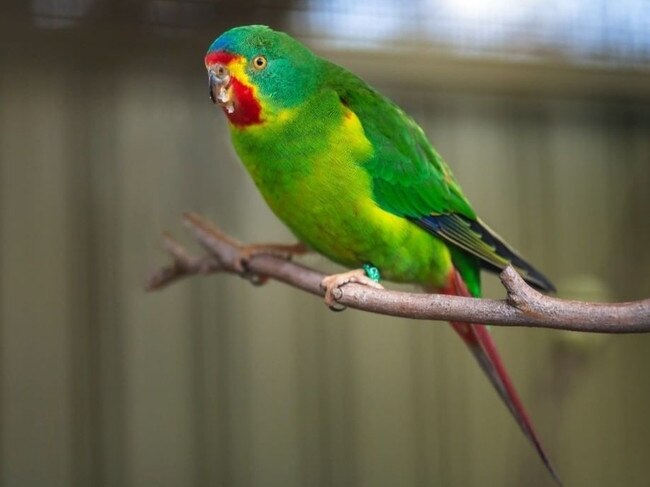Bandicoots, potential swift parrot habitat at Spring Farm Village development site
Rare species have been spotted on the proposed site of a massive retail complex. Here’s what was found.

Tasmania
Don't miss out on the headlines from Tasmania. Followed categories will be added to My News.
The site of a huge retail development at Kingston is home to a rare bandicoot and could also provide habitat for the endangered swift parrot.
The $45m precinct by Sydney-based developer Tipalea Partners, will include a Coles supermarket, a Chemist Warehouse and 14 additional retailers.
The shopping centre is earmarked for 182 and 202 Channel Highway and 11 Spring Farm Lane in Kingston, opposite the Bunnings Warehouse.
It’s expected to be complete by the end of 2025.

As part of the development application for project, which is now publicly available on the Kingborough Council’s website, a natural values assessment was conducted to survey the site for threatened species.
During the process, a single eastern barred bandicoot was spotted, and several trees on the property were also identified as potential nesting habitat for the swift parrot and potential foraging habitat for the Tasmanian wedge tailed eagle, masked owl, eastern quolls, Tasmanian devil, swift parrot and grey goshawk.
The eastern barred bandicoot is listed as vulnerable under the Environment Protection and Biodiversity Conservation Act (National), but not under the Threatened Species Act (Tasmanian).
The report said there were numerous records of the bandicoot within 5000m of the site.

The survey identified eight hollows suitable for swift parrot nesting.
Certain types of eucalyptus trees are used as nesting habitat for the swift parrot, including black gum and blue gum with a diameter greater than 70cm.
The report said there were several records of swift parrots within 5km of the site.

To proceed with the build, the developer will clear 2.53ha of land, which includes the loss of 30 trees, but the report said no swift parrot foraging habitat would be impacted and that there would only be a “minor” loss of future potential habitat for the species.
Collision risk for the birds would be minimised, including to exclude chain link fences as well as glazing from outward facing walls.
The report said there were limitations to the survey, including that it was undertaken in winter, meaning seasonal movements may be overlooked.
The presence of tree hollows was also only assessed from ground level.
Members of the public will be able to make submissions about the development until September 3.





